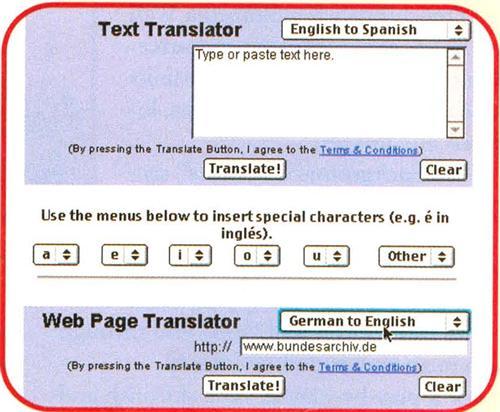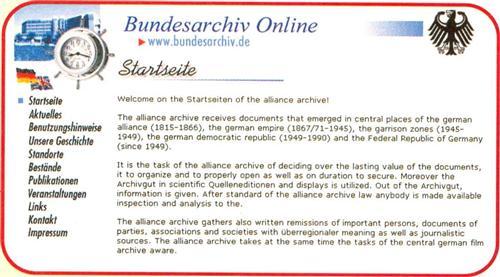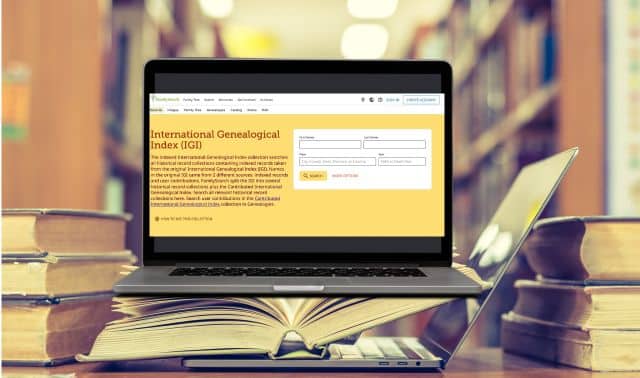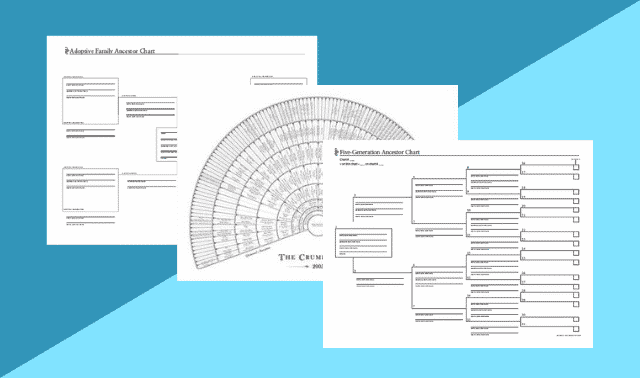Sign up for the Family Tree Newsletter! Plus, you’ll receive our 10 Essential Genealogy Research Forms PDF as a special thank you.
Get Your Free Genealogy Forms
"*" indicates required fields
After much searching, you’ve finally obtained a birth certificate of your Italian-born great-grandmother. Your success is somewhat tainted, however: You can’t read a word of it. You can’t decipher those letters written between your ancestors that you found in a relative’s attic, either. What do you do?
Luckily, computers and the Internet have made it a lot easier to untie foreign tongues. You’ll find a variety of tools to help you overcome the language barrier in your family history research — online dictionaries, Web-based translating services and software — and many are even free. Where you once had to track down a fluent speaker or struggle through word-by-word with a dictionary, you can now get a basic understanding of those cryptic letters, records and even foreign-language Web sites by simply plugging text into your computer. It’s the next best thing to having your own interpreter.
Online Services
ADVERTISEMENT
Using a Web-based translation service is probably the easiest and least expensive method. The sites listed below focus on the most “common” languages, such as Spanish, German, French and several others. If you need help with only a few words, try one of the many online dictionaries at <www.yourdictionary.com>. It indexes dictionaries for just about any language you can think of, including ones for specialized terminology, such as business or computer lingo.
- Babel Fish <www.babelfish.altavista.com>: This is Alta Vista’s popular, free service that uses machine-translation technology. The site receives more than 1 million translation requests per day. Babel Fish translates text passages up to about 40 sentences at a time, converting text in French, German, Italian, Portuguese, Spanish or Russian into English (or vice versa). The translation you receive may not be perfect, but you’ll gain a basic understanding of the text.
- FreeTranslation.com <www.freetranslation.com>: For Spanish, French or German translations into English, you can check out the free translation site from Transparent Language, whose language software products have 400,000 users worldwide. FreeTranslation provides instant, real-time machine translation that allows basic comprehension of text. Though its foreign language-to-English options are limited, you can translate into French, German, Italian, Norwegian, Portuguese and Spanish. FreeTranslation also converts Web sites; all you have to do is type in a URL and it automatically sends you to a translated version of that page. To translate other pages within the same site, you have to go back and enter each URL.
- PlusTranslation.com <www.plustranslation.com>: If your translation needs to be perfect, however, try Transparent’s for-pay PlusTranslation. Prices vary depending on the level of human editing involved. AutomaticPlus Translation provides instantaneous translation of a document of any length for one cent per word. PersonalPlus Translation provides a qualified bilingual translator to correct and edit the AutomaticPlus Translation for readability and ease of use, for 12 cents per word. And for 19 cents per word, PremiumPlus Translation provides a professional translator who is not only bilingual, but also has the expertise to understand and communicate the concepts and terminology of your search.

1. Online services such as FreeTranslation.com can convert text from foreign-language Web sites into English. First, find a site you’d like to translate, such as the German archives.

2. At FreeTranslation.com, type the URL in the “Web Page Translator” box and select the type of translation. For the German archives site, you’d select “German to English.”

3. After you click on “Translate,” your browser displays the text from the German-language site in English. (Note that words that are part of images, such as “Startseite,” aren’t translated.)
Translation Software
If you’re satisfied with machine translations and know that you have a lot of material to translate, investing in translation software might be a wise choice:
ADVERTISEMENT
- Language Force <www.languageforce.com> manufactures Universal Translator software for PCs running on Windows 95 or higher. The Deluxe version includes 30 languages. Universal Translator 2000 works with 40 languages. The UT2000 Developer Suite includes 40 languages and the ability to translate HTML.
- Systran <www.systransoft.com>, the company that developed Babel Fish’s translation technology, has software that ranges from $29 to $1,000, depending on the sophistication and number of languages. You can download the software from Systran’s Web site onto any Windows platform; however, it must be used online. Systran Personal, the cheapest version to download, will probably meet most family historians’ needs.
Check out Translation.net <www.translation.net/trans.html> to compare various other software options for specific languages. Each language has a page that lists available software so you can see which program best suits your needs.
Optical Character Recognition
For those foreign-language documents you’ve been dying to read to learn about your ancestors’ lives, you could also use a scanner and optical character recognition (OCR) software. Just scan the letters into your computer with the correct OCR and translation software, and you’re on your way to peeking into the personal lives of long-gone relatives. Unfortunately, this system is not very simple and certainly not foolproof. OCRs may not recognize everything correctly and you may need to make corrections on scanned text before using the translation software, which may not produce perfect translations, either. And in the case of handwritten letters, you will need to type the letters into your computer in order to translate them via the translation software.
If you have a scanner, it probably came with some sort of OCR capabilities, but more sophisticated (and accurate) conversions will probably require an upgrade. About.com has links and descriptions of OCR products for both Windows and Mac at <desktoppub.about.com/compute/desktoppub/library/weekly/aa040699.htm>.
After you’ve started your multilingual research into your family’s past, you may decide to learn the language of your ancestors. You can find computer assistance for this as well. Last year, Transparent Language unveiled 101 Languages of the World, a conversation-oriented learning program that lets Windows and Mac users master the basics of many world languages, from Afrikaans to Zulu (see <www.transparent.com> for details). Transparent’s president, Michael Quinlan, says that a recent survey by Roper Starch Research found that 23 percent of Americans would like to learn a new language. For many of us, it just may be the language of the old country, and a way to revisit our family’s past.
From the February 2001 issue of Family Tree Magazine
ADVERTISEMENT



